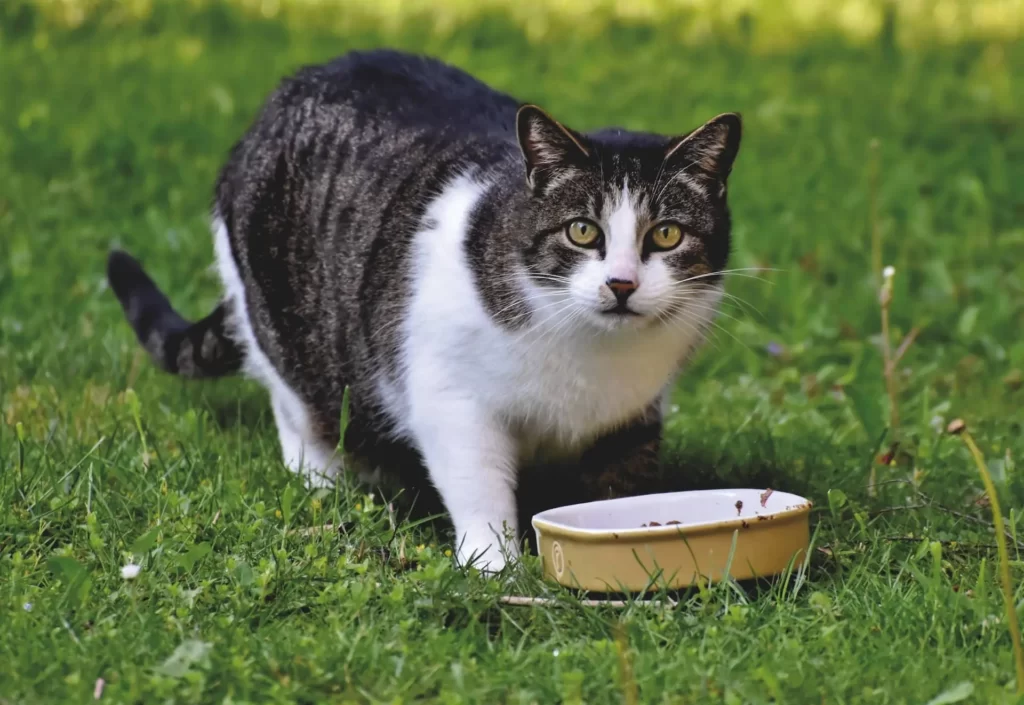Understanding your cat’s hunger cues is a vital part of being a great pet owner. It ensures they get the nutrition they need and helps build a stronger bond between you.
Here is a guide on how to recognize when your cat is hungry and how to respond.
How Often Do Cats Get Hungry?
Feeding frequency depends on your cat’s age, health, and activity level. Generally, cats prefer small, frequent meals throughout the day.
- Kittens: They have high energy and fast metabolisms. They usually need 3–4 meals a day.
- Adult Cats: Most do well with 2 meals a day, though some prefer more frequent, smaller portions.
- Individual Needs: Every cat is different. Monitor your cat’s weight and health to find the right schedule for them.
Physical Signs Your Cat Is Hungry
Cats use their bodies and voices to tell you they want food. Look for these signs:
- Increased Vocalization: Louder or more frequent meowing and purring.
- Restlessness: Pacing around the house or an inability to settle down.
- Pawing the Bowl: Moving or pawing at their food dish or the kitchen floor.
- Focused Gaze: Dilated (large) pupils and an intense stare directed at you or their food area.
Behavioral Indicators
Beyond physical signs, cats display specific habits when they are ready to eat:
- Persistent Rubbing: They may rub against your legs or furniture more than usual to get your attention.
- Kitchen Stalking: Your cat may follow you closely whenever you walk toward the kitchen or pantry.
- Begging or Stealing: They might meow at the table, paw at your legs while you eat, or try to jump on counters to find scraps.
Other Factors That Affect Appetite
Sometimes, a cat’s desire to eat is influenced by their environment or health rather than just hunger.
Environmental Factors
- Temperature: Cats may eat less if it is very hot or if their food is too cold.
- Stress: High stress levels can cause a cat to lose interest in food.
- Accessibility: Ensure their food and water are in a quiet, easy-to-reach spot.
When to Call a Vet
If your cat’s eating habits change suddenly, it could be a medical issue. Consult a veterinarian if you notice:
- Extreme, constant hunger (overeating).
- A sudden loss of appetite.
- Unexplained weight loss.
Tips for a Healthy Feeding Routine
To keep your cat healthy and satisfied, follow these best practices:
- Stick to a Schedule: Feed your cat at the same times every day to provide routine.
- Use High-Quality Food: Choose a diet that matches their age and health requirements.
- Measure Portions: Follow the packaging or your vet’s advice to avoid overfeeding.
- Try Interactive Toys: Use puzzle feeders to stimulate your cat’s natural hunting instincts.


